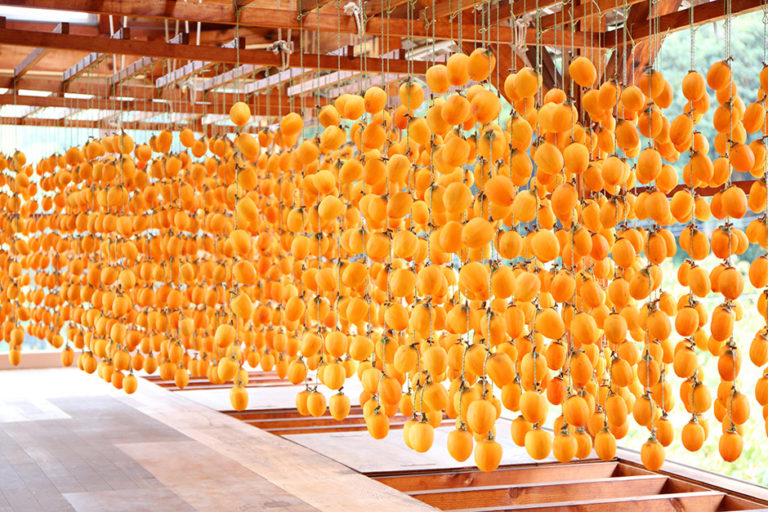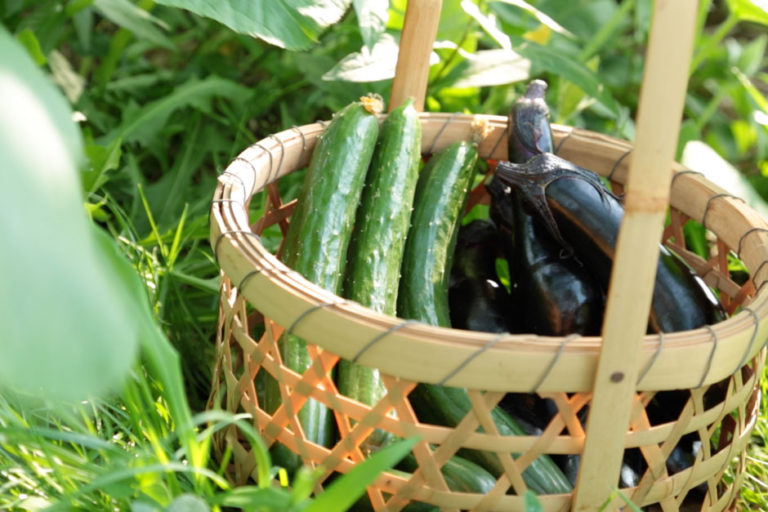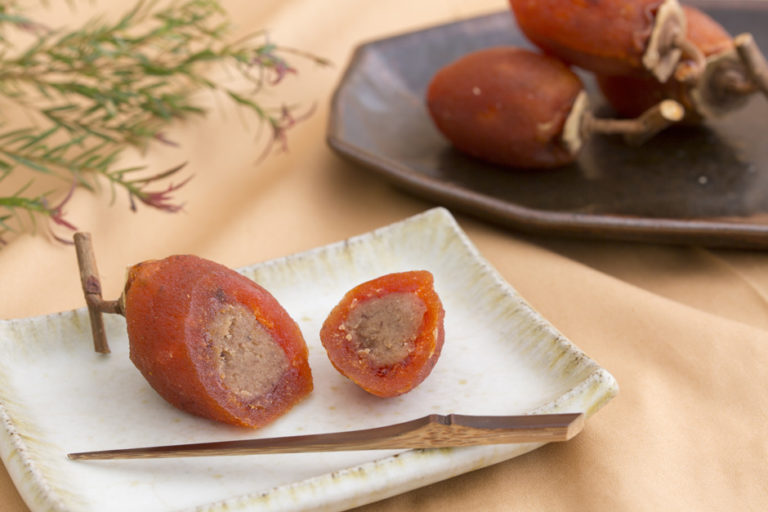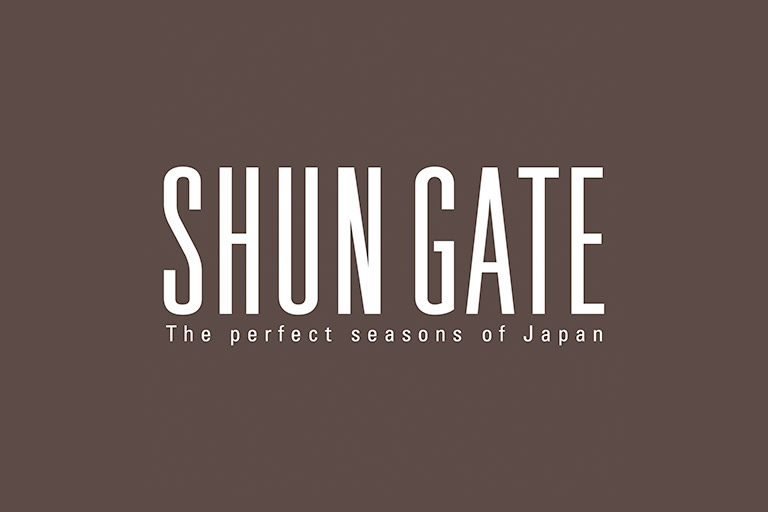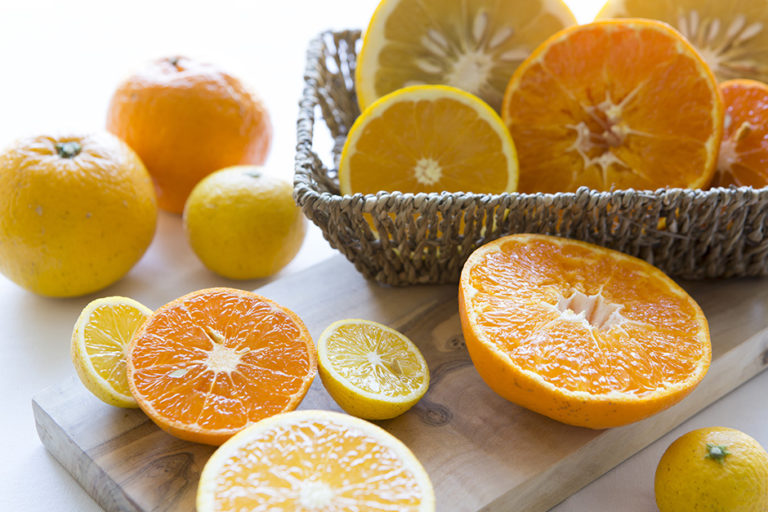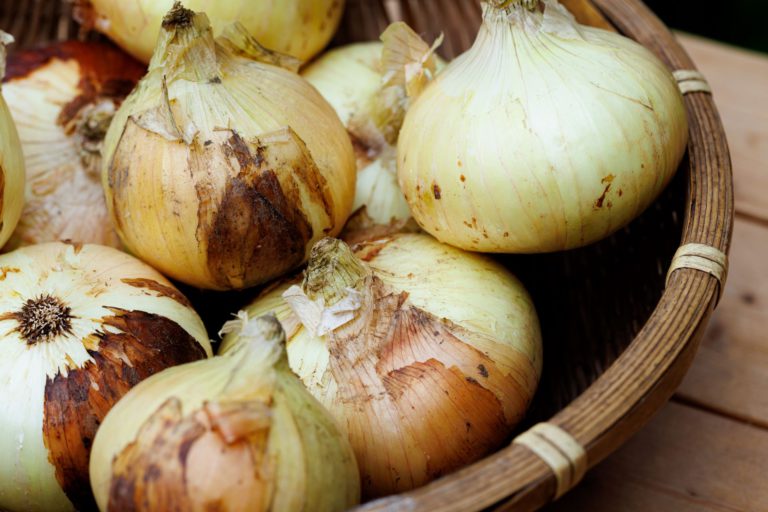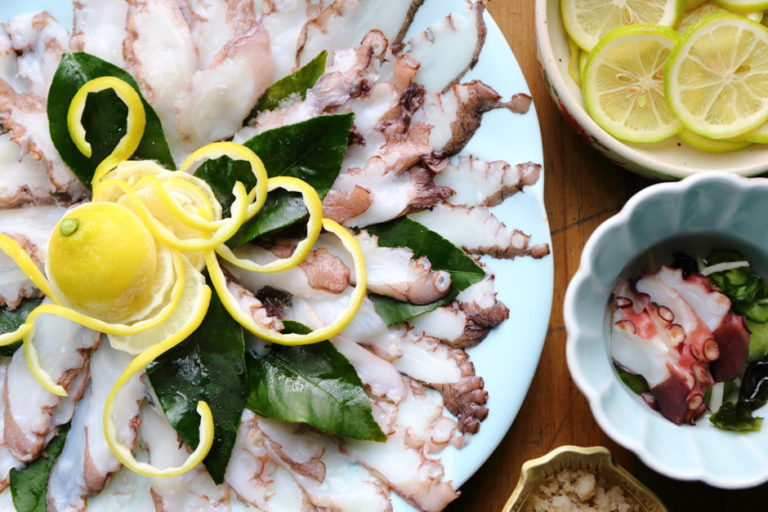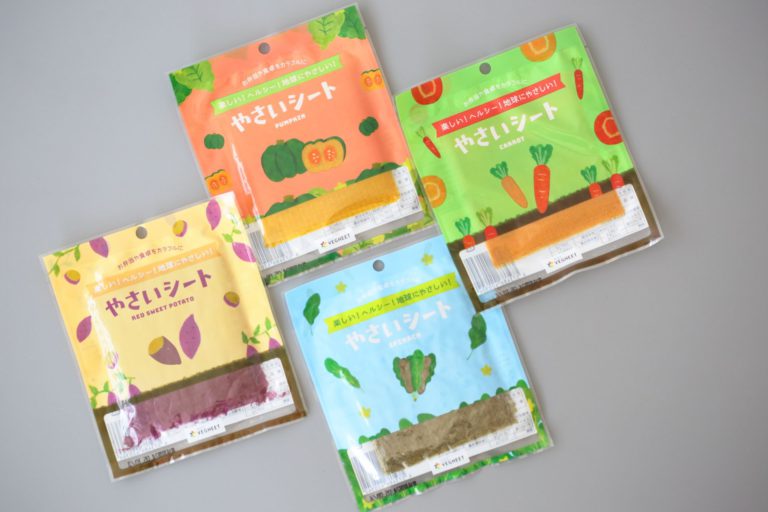Aizu’s Autumn Tradition: The Beauty of Mishirazu Persimmons, Made Individually with Diligent Care
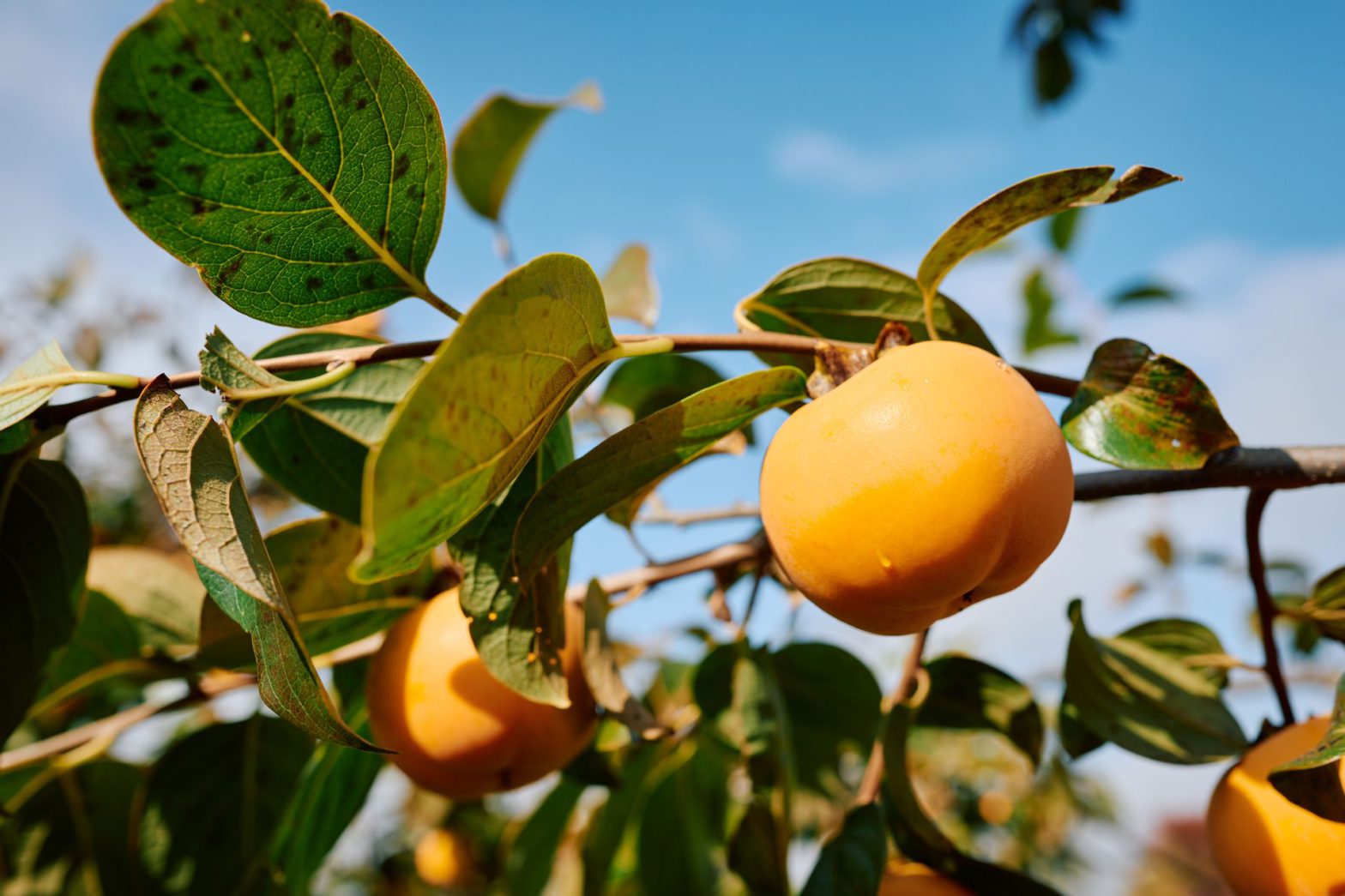
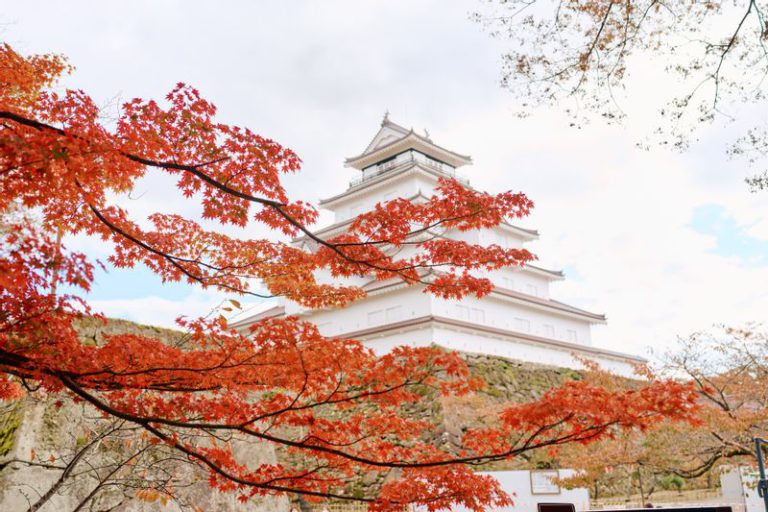
The city of Aizu Wakamatsu, at the center of the Aizu region of Japan’s Fukushima Prefecture, prospered as the castle town of the Aizu clan in the Edo period (1603-1868). Today, Tsurugajo Castle towers over the town, and many tourists from across the country visit to enjoy its history and culture, including the Byakkotai of the late Edo period, kozuyu, a local dish served in vermillion Aizu lacquerware, and the traditional akabeko handicraft.
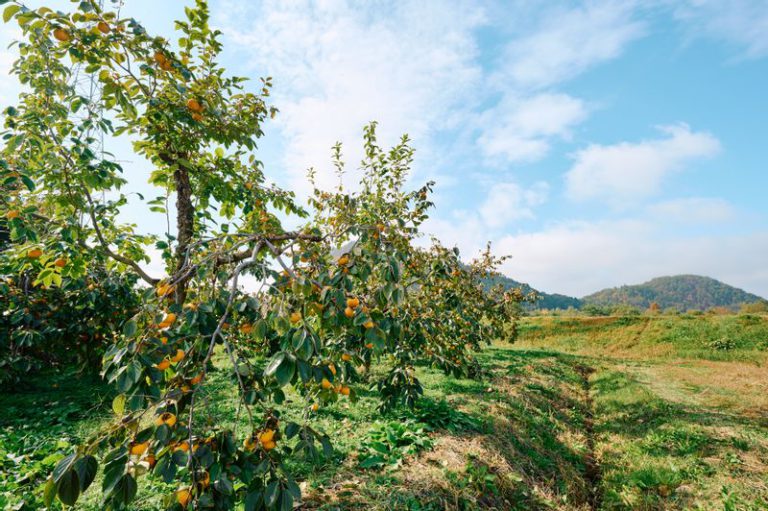
Aizu’s secret specialty is the mishirazu persimmon. The history of its cultivation is old, and according to anecdote it was presented to Shogun Ashikaga during the Muromachi period (1336-1573). Even today, it is famously known as the persimmon offered to the imperial family every year and is so familiar to the locals that when people in Aizu say “permission,” they mean the mishirazu persimmon. We visited Aizu Matsubara Noen, a persimmon orchard that has been in business for 85 years in Aizu Wakamatsu.
Persimmon cultivation in harmony with nature that has been inherited from previous generations
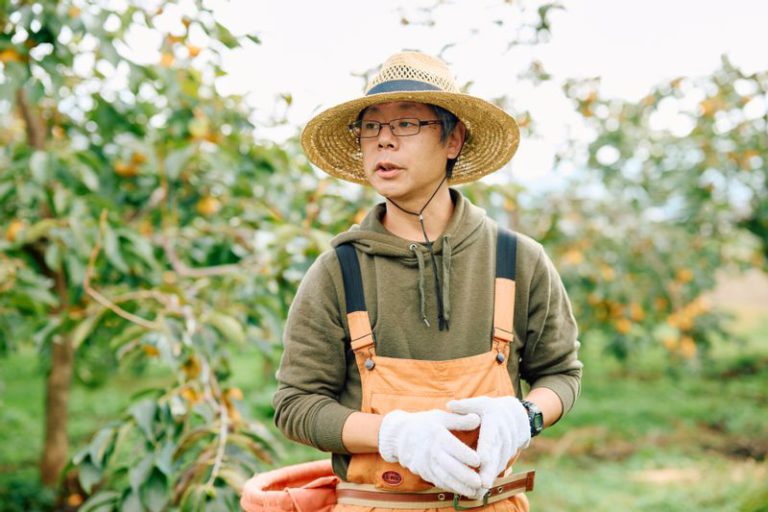
Aizu Matsubara Noen is in the Hanasaka district in the southern part of Aizu Wakamatsu. Ryosuke Shimakage, who took over the farm in 2021 as the fifth generation owner, is preserving the method of growing persimmons in harmony with nature that his father had cherished.
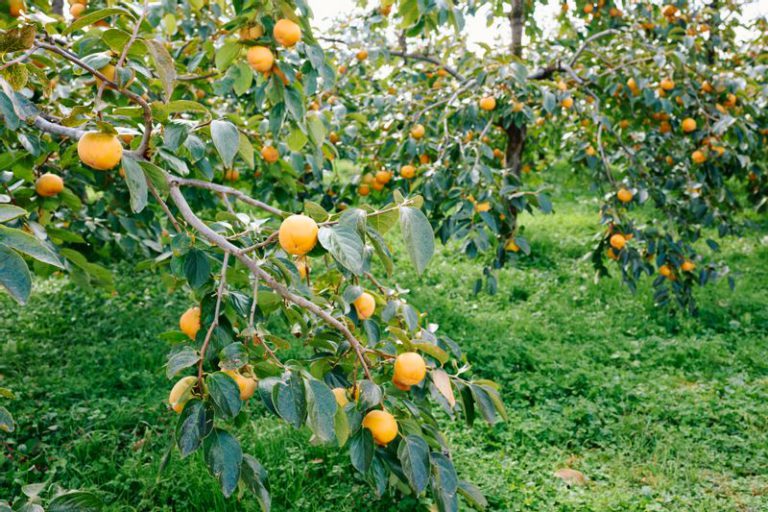
Ryosuke says, “We use as little pesticide as possible and make use of animal droppings, carcasses, manure, and vegetable scraps as fertilizer. Also, in the summer, when the persimmon flowers bloom, we put in beehives from a beekeeper, and you can see honeybees flying around. The ideal is to create a farm where the entire surface is covered with clover, which would delight all living creatures.” Looking around the orchard, the green ground overgrown with clover contrasted beautifully with the orange persimmons growing in profusion.
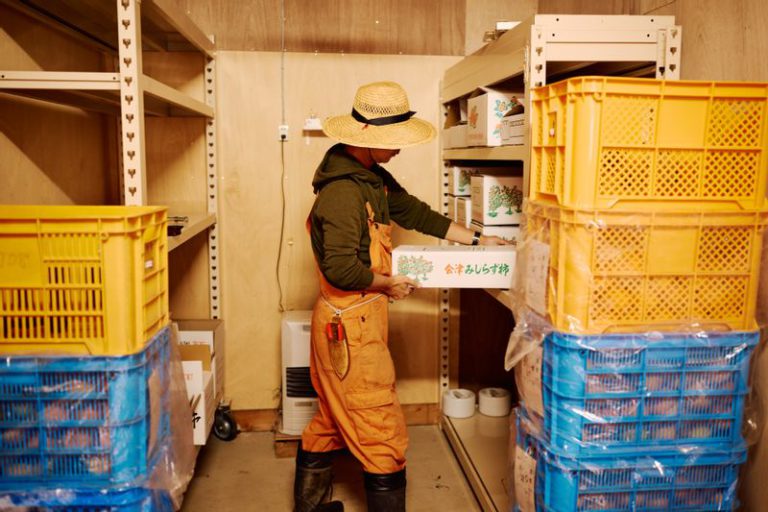
Ryosuke is also proactive about agriculture and IT, taking advantage of his experience as a company employee in IT engineering. For instance, he wants to continue to explore the potential of agriculture using digital technology, such as using a home server to control the temperature of his persimmon storehouse and using a 3D printer to make his own equipment for use in his orchard.
Mishirazu persimmon is a product of the producer's passion and dedication.
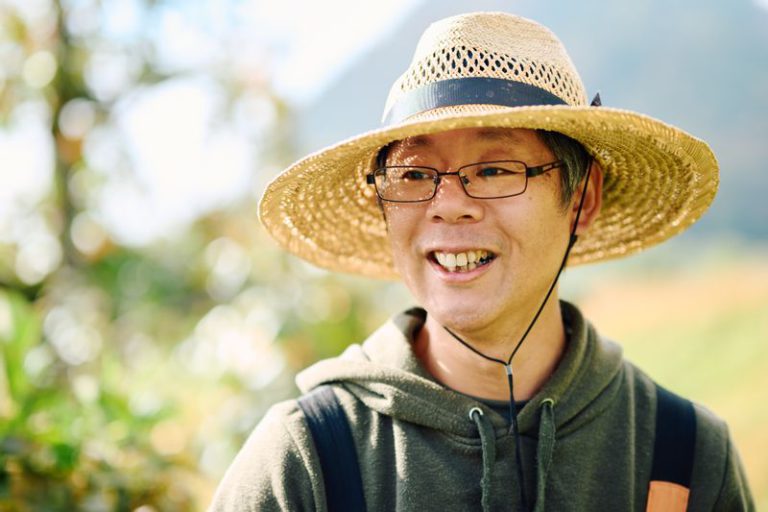
There are various theories behind the origin of the name of the mishirazu persimmon variety. One theory is that it was named after Shogun Ashikaga, who after being presented with the persimmon in the Muromachi period (1336-1573) praised it, saying, “Imada kakaru oishii kaki wo shirazu (I’ve never tasted a persimmon as delicious as this one).” It is also said that the name came from the fact that the tree bears fruits so large that the branches snap off, and thus the name mishirazu persimmon (mishirazu meaning “not knowing its place”) was coined. The flavor is characterized by its elegant sweetness and smooth texture and is said to overturn the common perception of persimmons. “It makes me very happy when people who normally don’t like persimmons say that the mishirazu persimmon is very tasty and that they can only eat this one,” says Ryosuke.
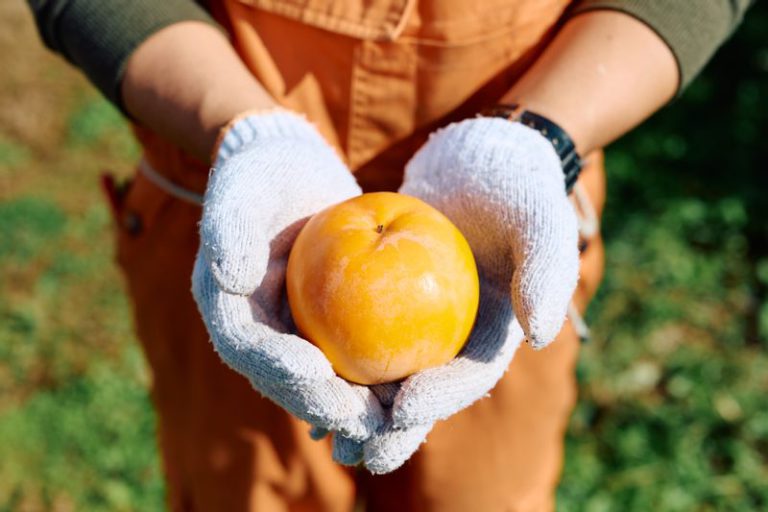
Ryosuke is particular about producing large mishirazu persimmons that are at least 8 cm in diameter. The larger the persimmon, the sweeter and tastier it is. Pruning branches in winter and picking fruit in June is important to ensure the fruit is packed with nutrients. The size of the orchard is kept small so that time and effort can be devoted to each fruit.
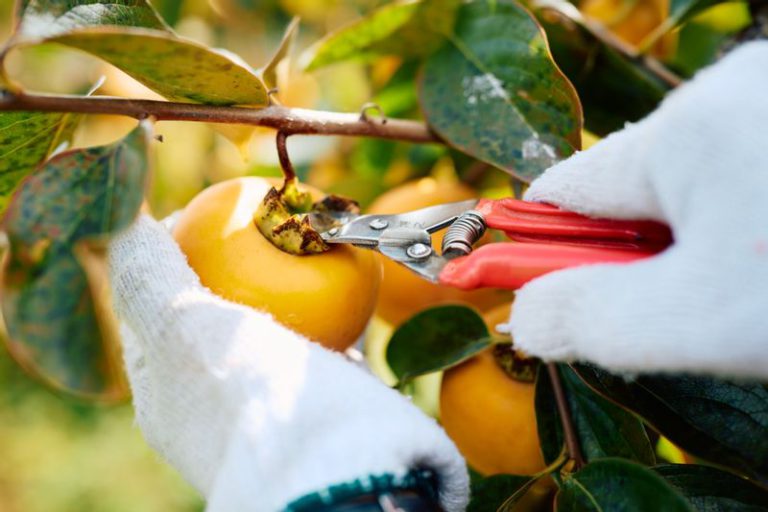
Another important thing is to avoid harvesting until the fruits are fully ripe. Instead of forcing the fruits under sunlight to accelerate coloration, they patiently wait until they ripen and change color naturally. The persimmons’ sugar content increases rapidly due to Aizu Wakamatsu’s climate and large temperature differences. Because persimmons freeze and are damaged by frost, checking the daily weather forecast is vital for timing the harvest.
“The harvest period is from October 25 to about November 20. Once a frost warning is issued, we have to harvest all the persimmons remaining on the branches at once, so things get very hectic then,” says Ryosuke.
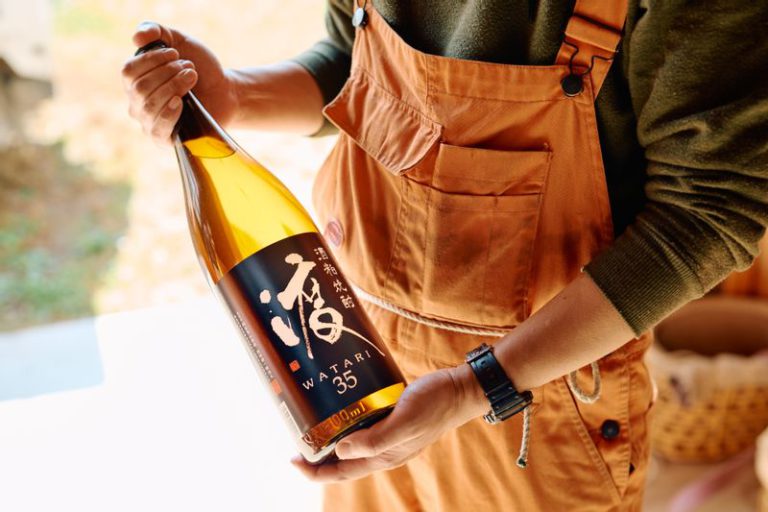
Because the mishirazu persimmon is astringent, the harshness is removed as the final step before shipping. Removing harshness involves pouring shochu over persimmons to suffocate them and remove the tannin that is the source of their astringency. Ryosuke uses locally produced shochu made from sake lees. He pours the shochu over the boxed persimmons and seals them for shipping. Two weeks after the shochu has been poured over the persimmons, the fruits lose their astringency, and when customers open the boxes on the date stamped by Ryosuke, they are greeted with sweet persimmons.
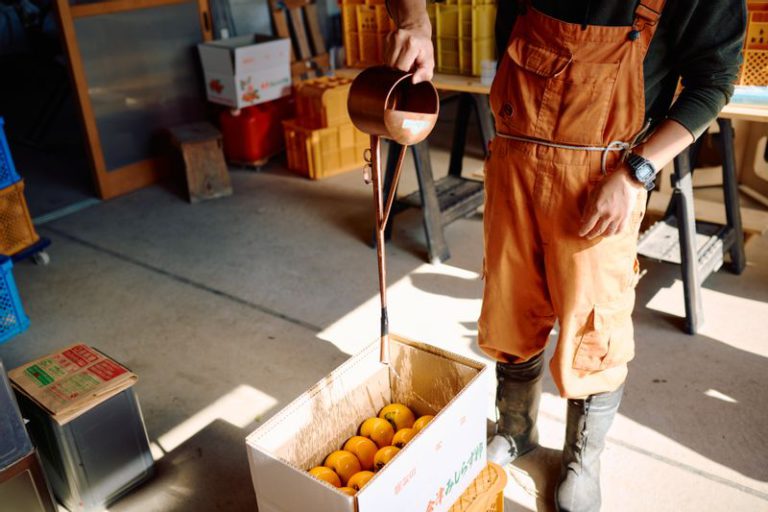
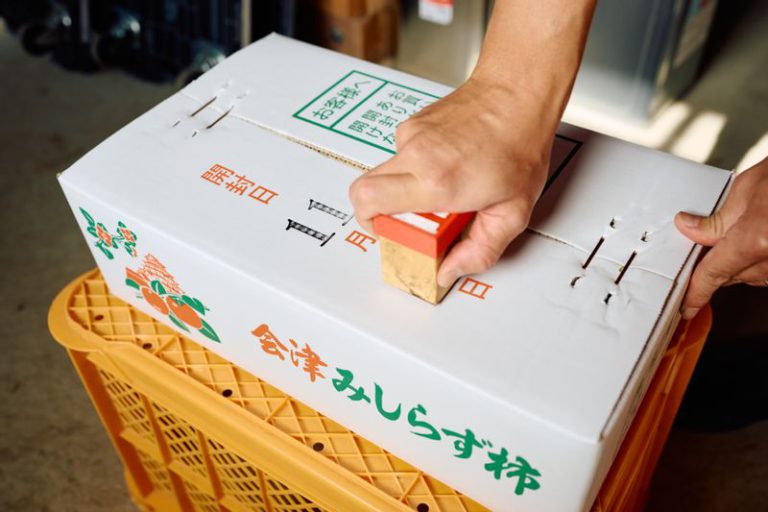
How to enjoy the delicious taste and magical powers of the mishirazu persimmon
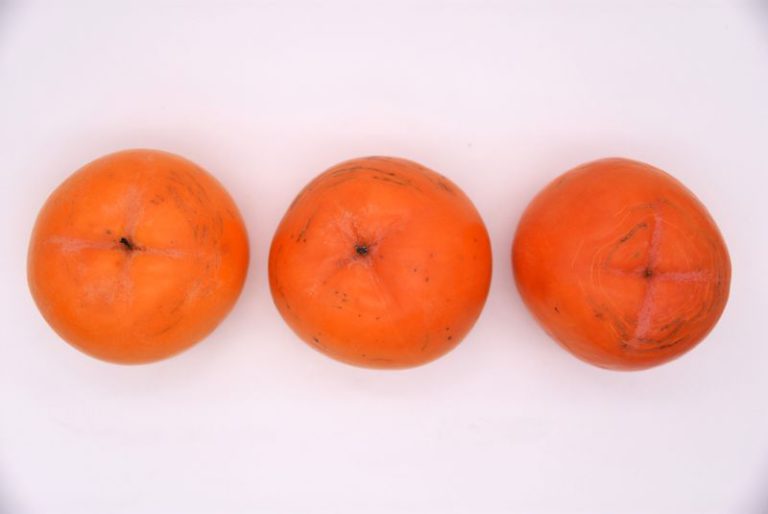
Visit Aizu Matsubara Noen’s website for details
You can enjoy three different textures of mishirazu persimmons depending on their ripeness. The best time to eat them depends on your preference, but Ryosuke recommends when they are orange and slightly softened. While you can enjoy the smooth texture as is, he recommends pairing it with cottage cheese or adding it to a shira-ae (mashed tofu salad).
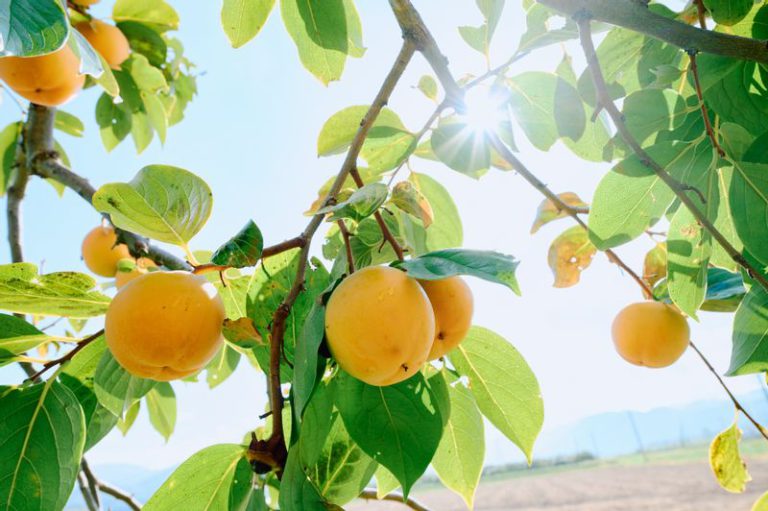
You can enjoy three different textures of mishirazu persimmons depending on their ripeness. The best time to eat them depends on your preference, but Ryosuke recommends when they are orange and slightly softened. While you can enjoy the smooth texture as is, he recommends pairing it with cottage cheese or adding it to a shira-ae (mashed tofu salad).
Ryosuke says, “The mishirazu persimmon has a magical power to connect with people.” He says he felt its allure even more, when he left Aizu to live in Tokyo. “I feel that persimmons have a curious effect of keeping people together and expanding their circle of friendship, just as I have enjoyed having not only friends and acquaintances but also all sorts of people come to my farm during harvest season, and I have returned here from Tokyo. We want many more people to come to the farm in future to experience the harvesting and picking of the fruit. We want to make the farm an open place where people can feel for a moment that they are connecting with nature,” he says.
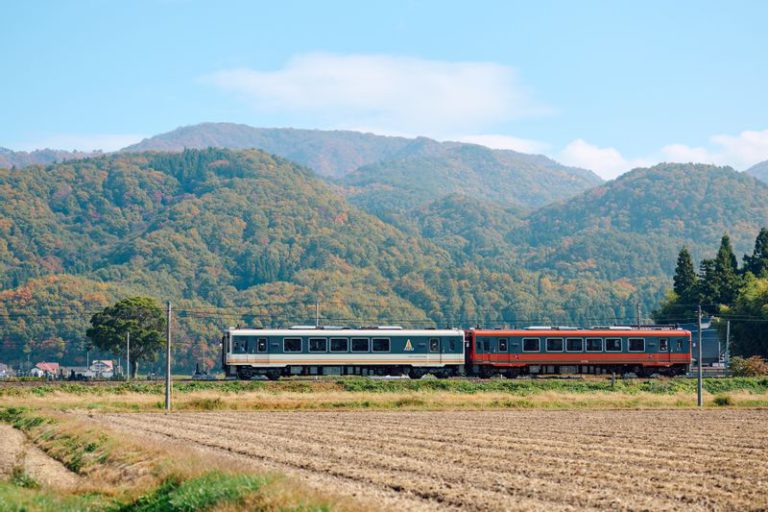
We encourage you to visit Aizu Matsubara Noen during Aizu’s best season, when the autumn leaves are beautiful, to enjoy the tasty persimmons and the Aizu air.


